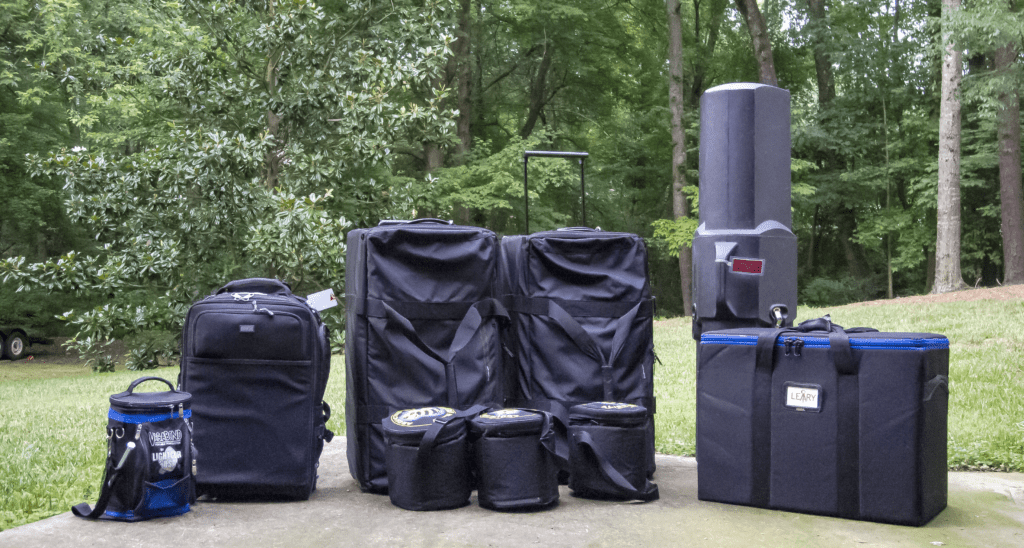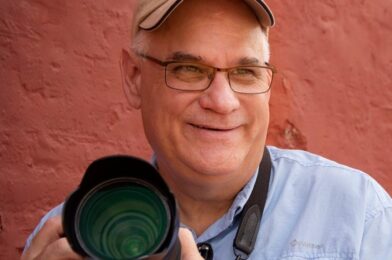For more than thirty years I have been a photojournalist. I started working for newspapers as a staff photographer and now work as a freelancer for the media and corporate clients.
Many times, the public relations office is not ready when I show up. Most PR professionals love to show how much free space they got for their company in a magazine. They show this to the company leaders and then show them how much it would have cost to buy that space. This helps with their job security.
The smartest PR people know the value and are prepared. They treat this moment as if they hired an advertising agency to produce an advertisement for them.
Take advantage of this free publicity and invest in it. You will be glad you did.
While a photojournalist is trained to be truthful and unbiased, it is difficult not to respond to negative or positive behavior towards them. If you want the best story on you, then I have some tips for you.

Tips
- Have your subject ready. Often your photojournalist has multiple assignments during a day. You not being ready and delaying them will have them rush your coverage. If computers and technology are part of the subject, be sure to have them running before the photographer arrives. Too many times I have arrived nothing is setup and ready to go. I have spent 4 hours waiting for a researcher to set everything up.
- Know where the subject is located. Too often I will show up at a corporation and be led around a building or property while they are trying to find the room, we are to meet the subject. Do this before the photographer arrives. It shows you value their time.
- Scout for options. Go a few days early and work with the subject. What is the best setting to help tell the story? Are there items that you may need to collect before the photo shoot? Be careful not to remove everything. Photographers are sent to you to capture the subject in their environment.
- Take a few photos yourself. Evaluate the photos you take for what is in the background and can we clean that up for example. Check to see if you have enough room to move around while taking photos. Too often the subject is in such a small room that photographer cannot move to get a good angle. See if you can take photos without a flash. This may alert you to some lights that are burned out and need new bulbs.
- Plan for parking. Often magazine photographers will bring lighting gear. Don’t expect just a photographer to show up with just a camera and on camera flash. If they are showing up with a cart of gear, know where the elevators are in the building and where the handicap entrance is located. This will help them avoid carrying material up and down stairs. If you need a key to access the elevator, get the key before the photo shoot is to start.
- Pay attention to clothing. Solid colors are better than patterns. Avoid white due to the difficulty of reproduction process for printing press. The one time you may want white is where the white lab coat helps add information to the photo. Avoid red if there is more than one subject. Red is such a dominate color that it makes the eye go to it first. This is why it is used for emergency lights and signs. Fine patterns like haring bone can create moiré patterns. (Here is a link to an earlier blog I did on clothing for portraits.)
- Have business cards or printed names and titles of the subjects to help with accurate spelling.
- Plan adequate time for the photojournalist. Let the photographer know how much time the subject has for them. Maximize their time if it is very small amount by saying the subject only has 30 minutes and since it is a limited time, why don’t we just let you start and anything I can help you with just ask. This is better than you talking and taking away valuable time of them shooting. You can always help them with information after the shoot or if you know you have limited time be sure they know they can come a few minutes early and you can help them prepare.
These are just a few of the things that I have noticed over the years that would really help me get the shot needed for the media outlet.
Think of yourself as a host or hostess in your home entertaining guests. Make the photojournalist feel welcomed and treated as your guest, because they are your guest.

